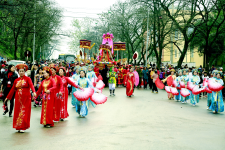
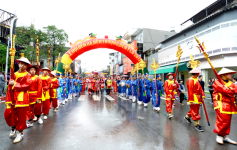
Price: Free
Phone:
Time to visit a place: 120 phút
Open Time: 7:00 AM - Close Time: 6:00 PM
Email: lehoitq@gmail.com
Address: Minh Xuan ward, Tuyen Quang Province
Lower Temple, Upper Temple, Ỷ La Temple are ancient architectural works, having both high value in architectural art and cultural and spiritual value; value from the sacredness of the Mother Worship - a beauty in the religious culture of the Vietnamese people. Lower Temple, Upper Temple, Ỷ La Temple are 3 out of 5 relics of Tuyen Quang city that have been ranked as national historical - cultural relic by the state; Along with that, the Festival of Lower Temple, Upper Temple, and Temple Ỷ La are also recognized by the State as a national intangible cultural heritage. The goddesses worshiped in the three temples are the "Sacred" character, which is the nucleus of the traditional festival which is preserved, preserved and handed down to this day. Festivals of Upper Temple, Lower Temple, and Ỷ La Temple are held to promote and honor the cultural values of the people of all ethnic groups in the city, especially the Belief of Mother Goddess - Mother Water.
Lower Temple, Upper Temple, Ỷ La Temple are ancient architectural works, having both high value in architectural art and cultural and spiritual value; value from the sacredness of the Mother Worship - a beauty in the religious culture of the Vietnamese people. Lower Temple, Upper Temple, Ỷ La Temple are 3 out of 5 relics of Tuyen Quang city that have been ranked as national historical - cultural relic by the state; Along with that, the Festival of Lower Temple, Upper Temple, and Temple Ỷ La are also recognized by the State as a national intangible cultural heritage. The goddesses worshiped in the three temples are the "Sacred" character, which is the nucleus of the traditional festival which is preserved, preserved and handed down to this day. Festivals of Upper Temple, Lower Temple, and Ỷ La Temple are held to promote and honor the cultural values of the people of all ethnic groups in the city, especially the Belief of Mother Goddess - Mother Water.
Ha Temple, located in Tan Quang ward; Thuong temple, located in Trang Da commune, the two temples mentioned above were built in the Later Le Dynasty (mid-18th century); Ỷ La temple in Ỷ La ward, Tuyen Quang city was built later in the Nguyen Dynasty (nineteenth century). Three temples were built by people to worship the Holy Mother (Mother Thuong Thien, Mau Thuong Ngan, and Mother Thoai) and other gods in Vietnamese Mother Goddess worship.
Folk legend tells that: Once upon a time, there were two princesses, the daughter of King Hung, Phuong Dung (i.e. Princess Quynh Hoa) and Ngoc Lan (ie, Princess Mai Hoa), who one day followed the price to visit the locality. boats on the banks of the Lo River (in Hiep Thuan village). On the night of the storm, the two princesses flew up to the sky, people thought it was a miracle, and set up a temple to worship. The temple worships Princess Phuong Dung on the right side of the Lo River in Ỷ La Commune (ie today's Ha Temple). Temple of Ngoc Lan princess on the left side of Lo River in Tinh Huc commune (ie Thuong temple today). Over time along with the ups and downs of history, due to the serious burning of the Ha Temple's soldiers, residents had to carry the idol to Ỷ La village to take refuge. In 1817, the third Khai Dinh started rebuilding the Lower Temple on the old site but on a larger scale. At that time, at the place where the idol of Ha temple took refuge, Ỷ La villagers also built Ỷ La temple to worship Princess Phuong Dung. The formation of Mother Temple Ỷ La originates from Ha Temple, two temples worshiping Princess Phuong Dung who transformed into Mother Thuong Thien. In the folk concept, Ỷ La Temple is the "refuge" of the Mother, a place with a sacred terrain to protect the Holy Mother, and a place capable of preserving the good, so the Festival of Upper and Lower Temples is not separate from Ỷ La Temple.
The two Holy Mothers are worshiped at three temples that share the same solemnity of the Mother procession; On the days of the Mau procession, Mau Ỷ La Temple is chosen as the place to start the palanquin, and the Ha Temple is the proper place. Thus, along with the birth of the Lower Temple, Upper Temple and Ỷ La Temple, the festival was also formed in Tuyen Quang city.
Festivals of Lower Temple, Upper Temple, and Ỷ La Temple are events for people to remember and express their gratitude for the merits of the Holy Mother to the ethnic communities living in the area. At the same time, the festival is also an opportunity for people to be released, to express their sorrows and worries to the gods, to hope for help and protection from the gods to overcome difficulties and reach for a bright tomorrow. . This is the spiritual product formed from the process of agricultural production of wet rice cultivation associated with the bridge for favorable rain and wind, water treatment activities, fighting against floods and storms, reclamation, setting up villages to organize labor Vietnamese production.
The Mother procession festival of the Lower Temple, Upper Temple, and Ỷ La Temple in Tuyen Quang City is associated with the land and people here, is an essential need of life, is enjoyed by the people of ethnic groups living in the area. The city has preserved and passed on from generation to generation. The festival has existed and developed to this day and has become a unique cultural feature of the people of Tuyen. For generations, the Mother procession festival in Tuyen Quang has been associated with villages, places and lands as an indispensable element in the life of ethnic communities in Tuyen Quang city.
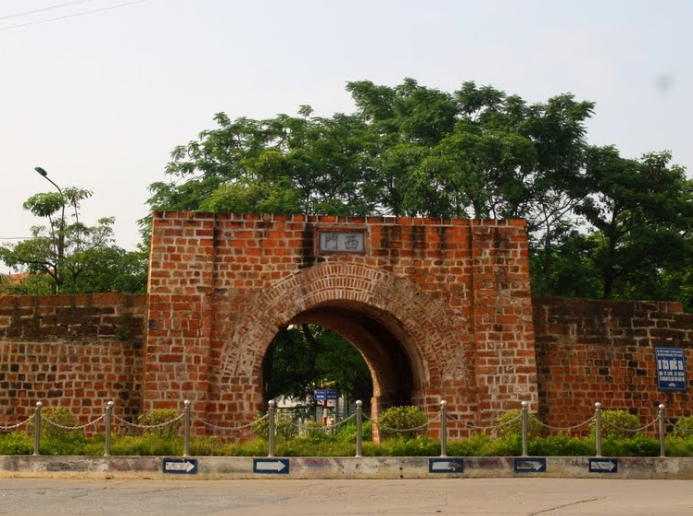
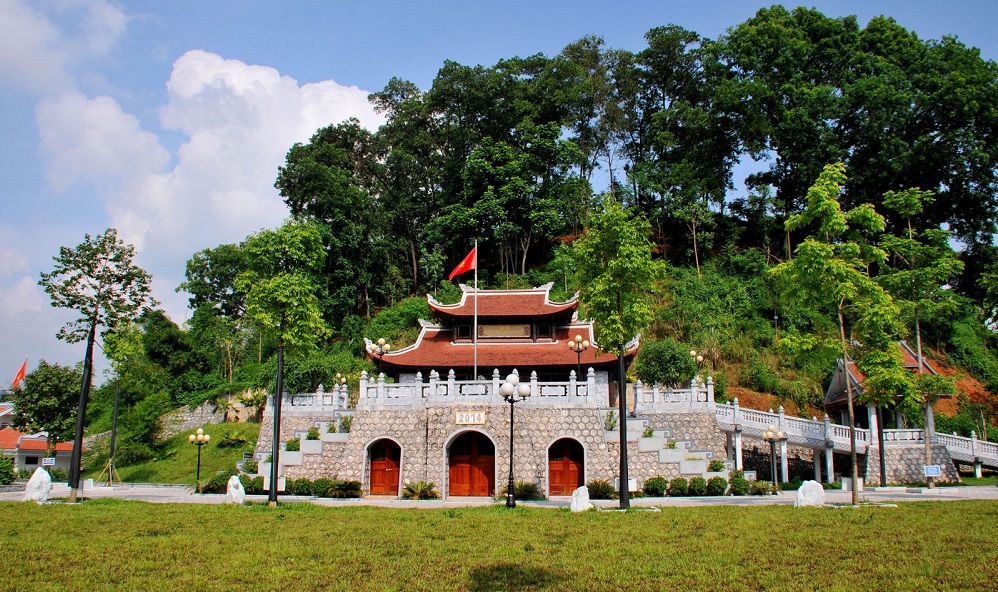
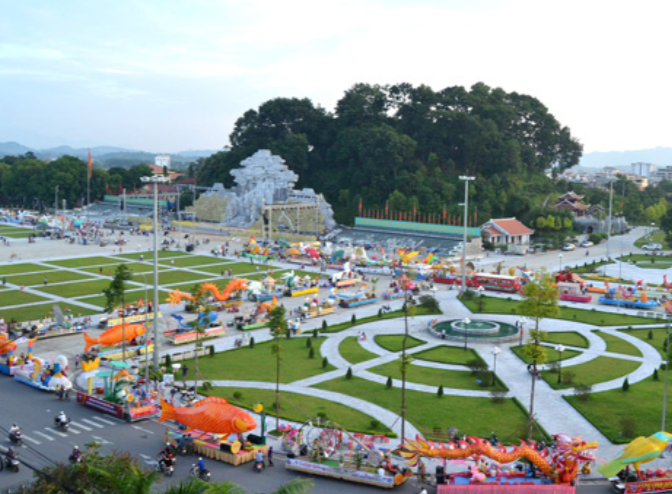
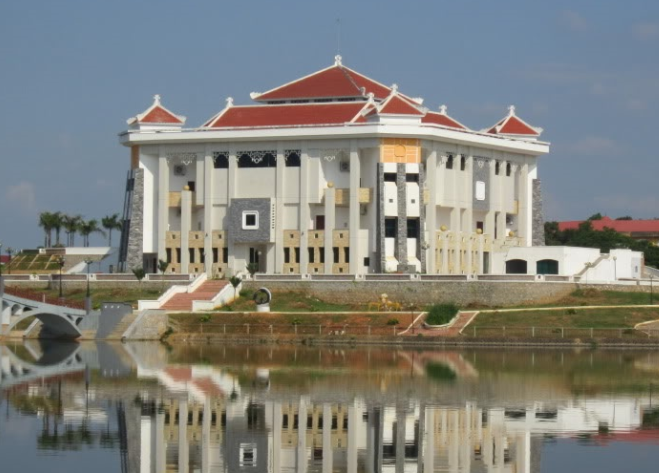



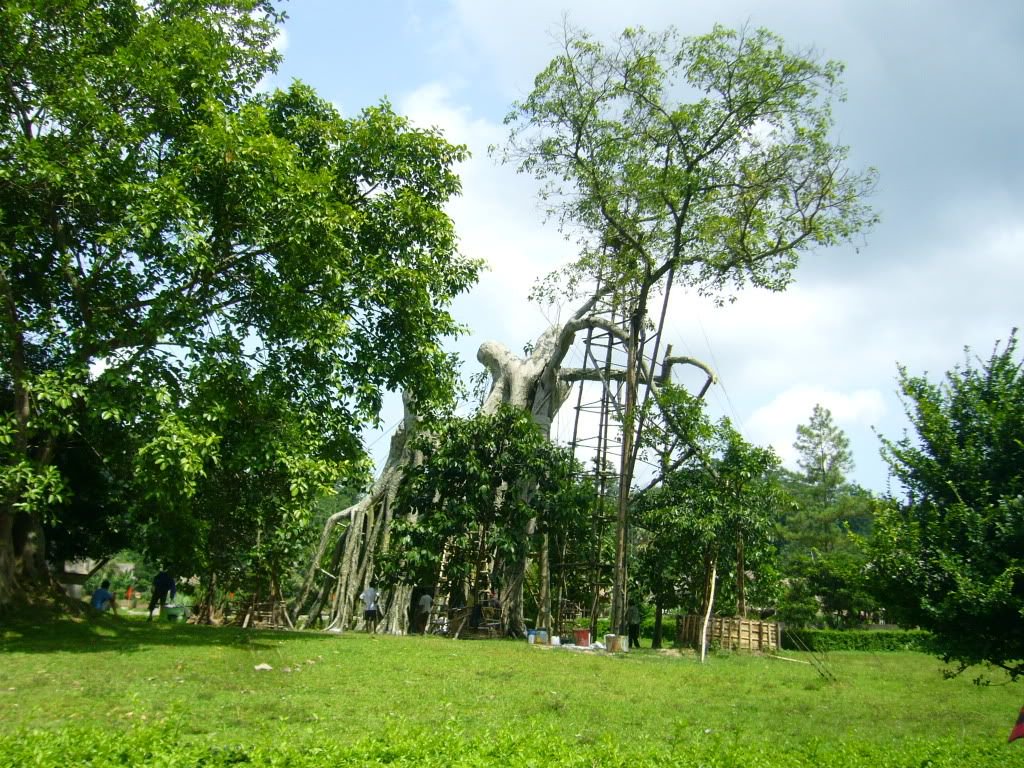
Distance: 50m
Distance: 160m
Distance: 190m
Distance: 190m
Distance: 240m
Distance: 310m
Distance: 410m
Distance: 450m
Distance: 460m
Distance: 550m
Distance: 610m
Distance: 640m
Distance: 650m
Distance: 670m
Distance: 720m
Distance: 0m
Distance: 10m
Distance: 590m
Distance: 740m
Distance: 870m
Distance: 880m
Distance: 880m
Distance: 970m
Distance: 1.12km
Distance: 1.13km
Distance: 1.47km
Distance: 1.71km
Distance: 2.66km
Distance: 2.70km
Distance: 3.26km
Distance: 340m
Distance: 380m
Distance: 380m
Distance: 430m
Distance: 430m
Distance: 450m


